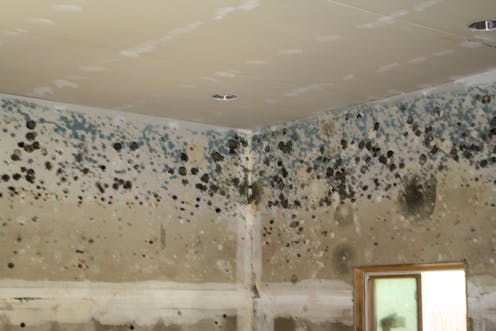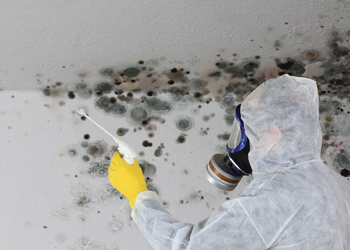
Molds are part of the natural environment. Outdoors, molds play a part in nature by breaking down dead organic matter such as fallen leaves and dead trees, but indoors, mold growth should be avoided. Molds reproduce by means of tiny spores; the spores are invisible to the naked eye and float through outdoor and indoor air. Mold may begin growing indoors when mold spores land on surfaces that are wet. There are many types of mold, and none of them will grow without water or moisture.
Molds do have the potential to cause health problems in people with allergies or asthma. In addition, mold exposure can irritate the eyes, skin, nose, throat, and lungs of both mold-allergic and non-allergic people.
Mold Testing
Important types of testing are the eyeball and nose tests – can you see or smell mold, and/or, do you see evidence of water damage?
If you can see or smell mold, the next step is to identify the source and then remove it. If you smell a musty odor but cannot see visible growth, mold may be hidden behind wallpaper, paint, inside of wall cavities, etc.
There is little to be gained scientifically from air testing in most home and work place environments, especially if there is a visible source, because:
- Mold is everywhere – if you test the air, you will find some mold.
- There are no standards for “acceptable levels” of mold in indoor environments, because different types of mold vary in ability to produce allergy or illness, and, people vary in individual susceptibility/resistance.
- Knowing air test results will not change the abatement outcome – removal of the moldy source is still the recommended course of action.
Sometimes, people may choose to perform testing as part of an investigation for documentation purposes (i.e., for insurance or litigation). However, testing rarely contributes to understanding what has occurred from a health perspective.
What to do if you find mold in your home…
EPA Mold Resources
Connecticut Mold Resources
Mold and Indoor Environments
